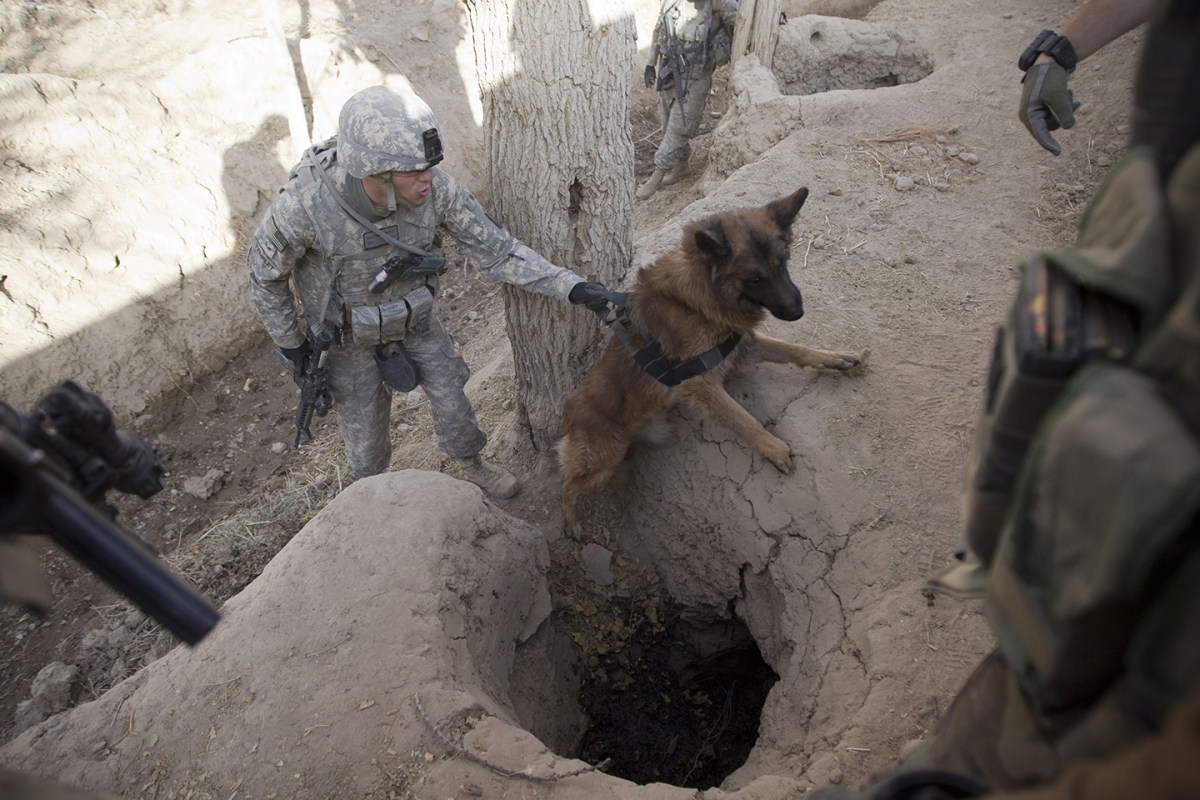The War in Afghanistan became America’s longest several years ago, and troops are still deployed — and dying — overseas. The Washington Post reports that 8,500 troops remain in Afghanistan, despite former President Obama officially ending the U.S. military’s combat mission in the country. Dogs are employed alongside soldiers to serve not only practically — they can sniff out explosives, identify the presence of illegal drugs and help find any missing comrades — but as loyal companions in a war that has no clear end in sight. Take a look at them below.
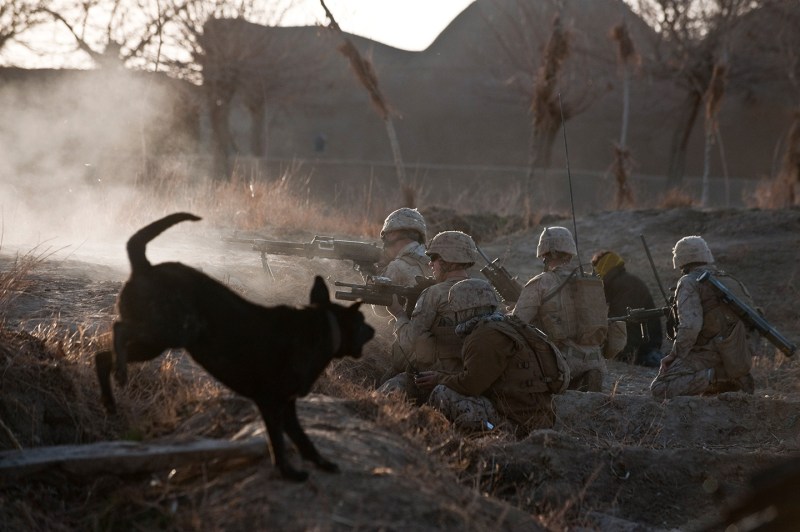
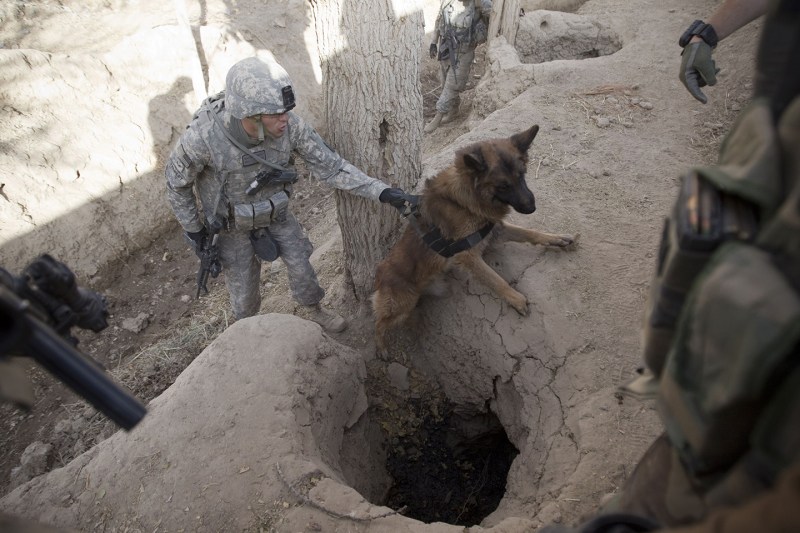
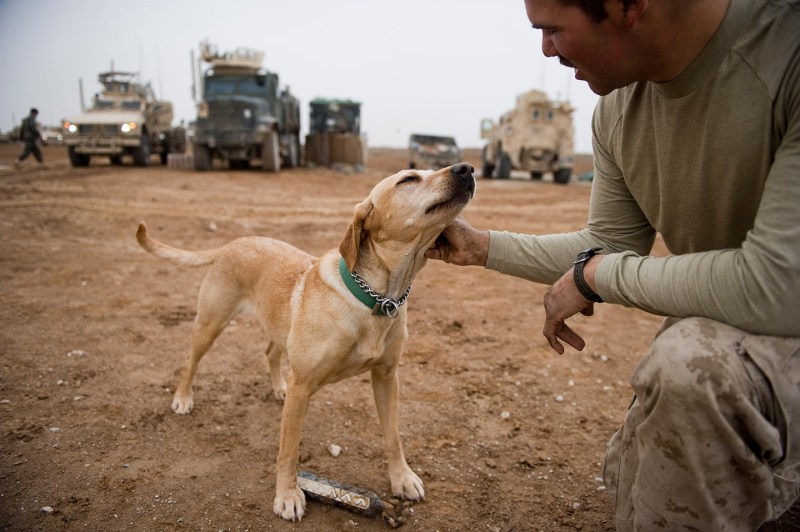
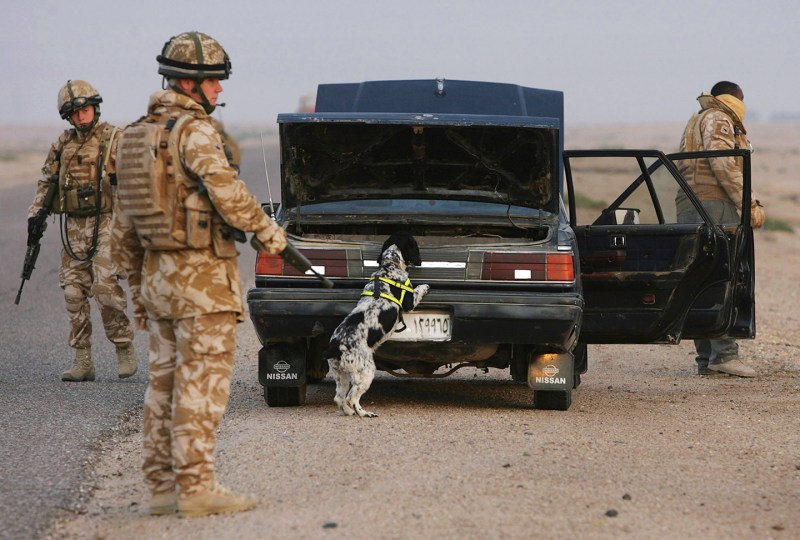
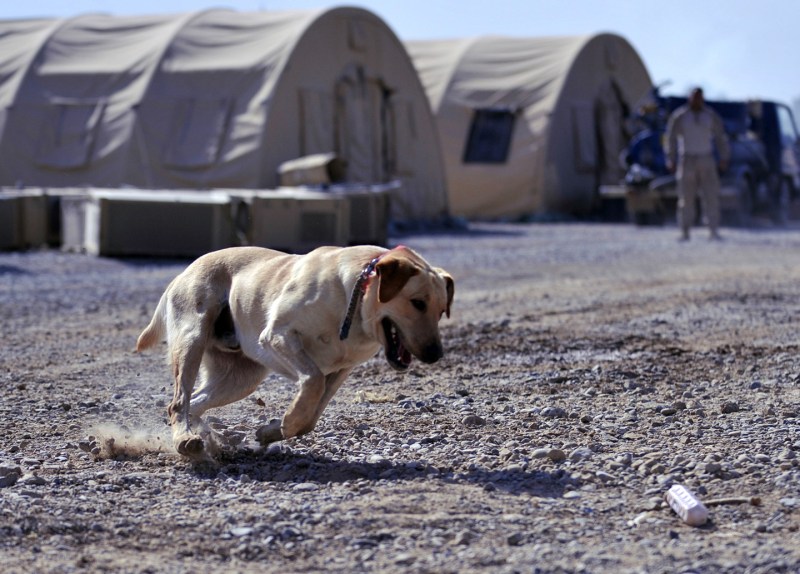
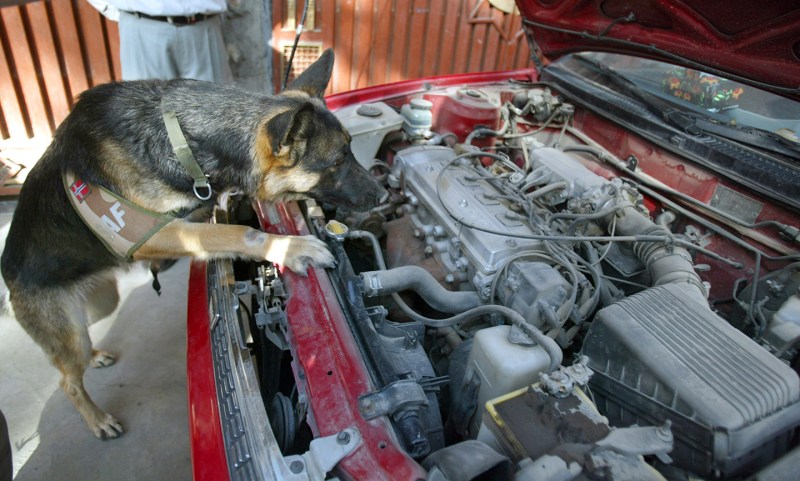
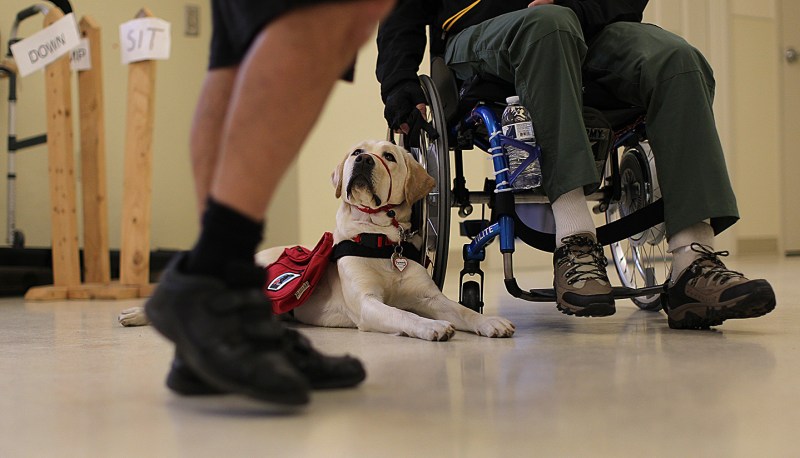
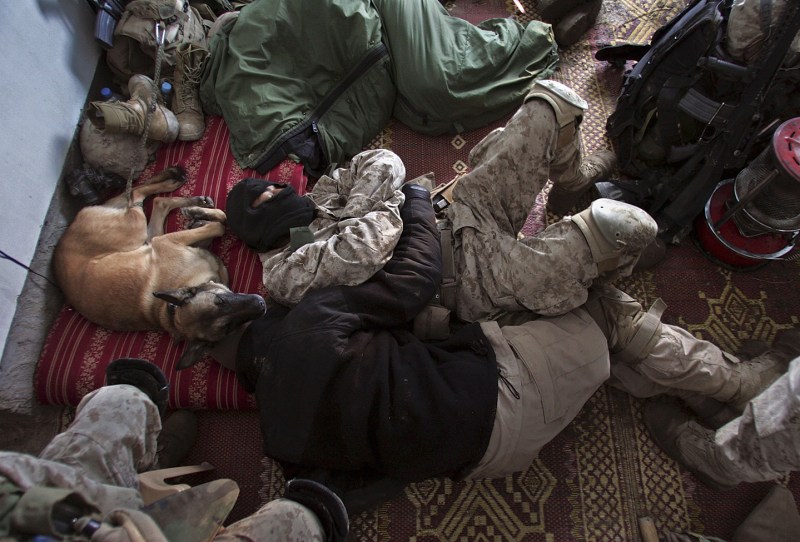
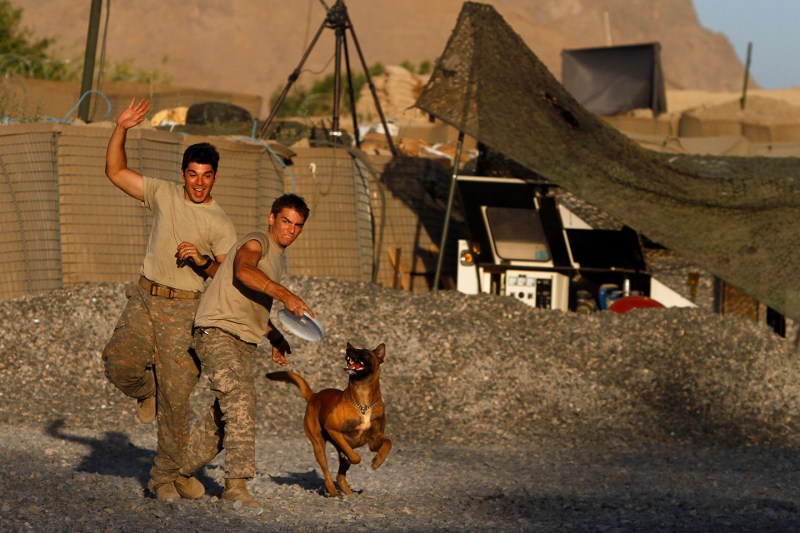
This article was featured in the InsideHook newsletter. Sign up now.
